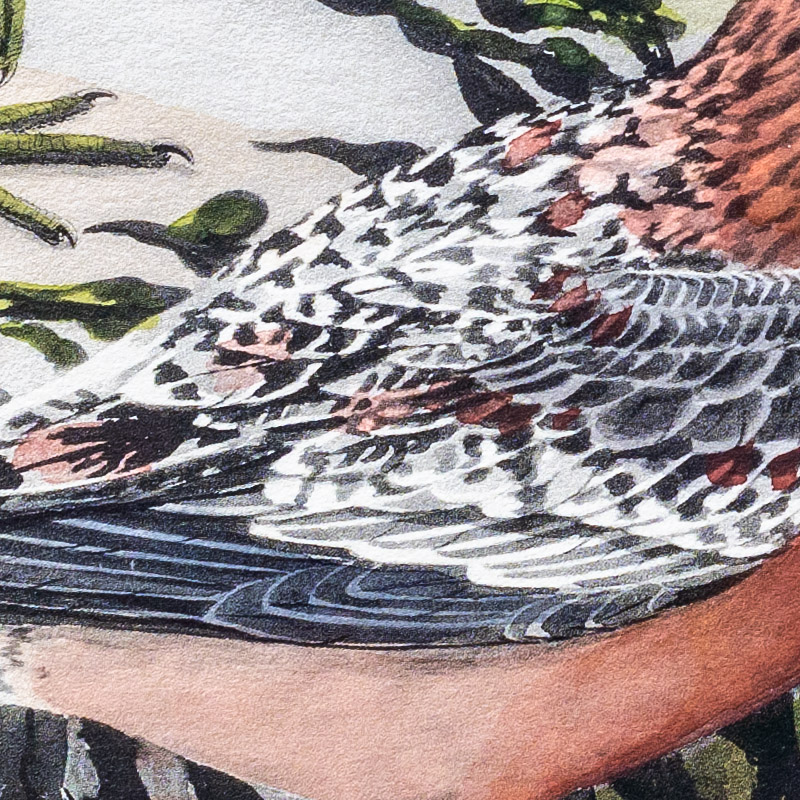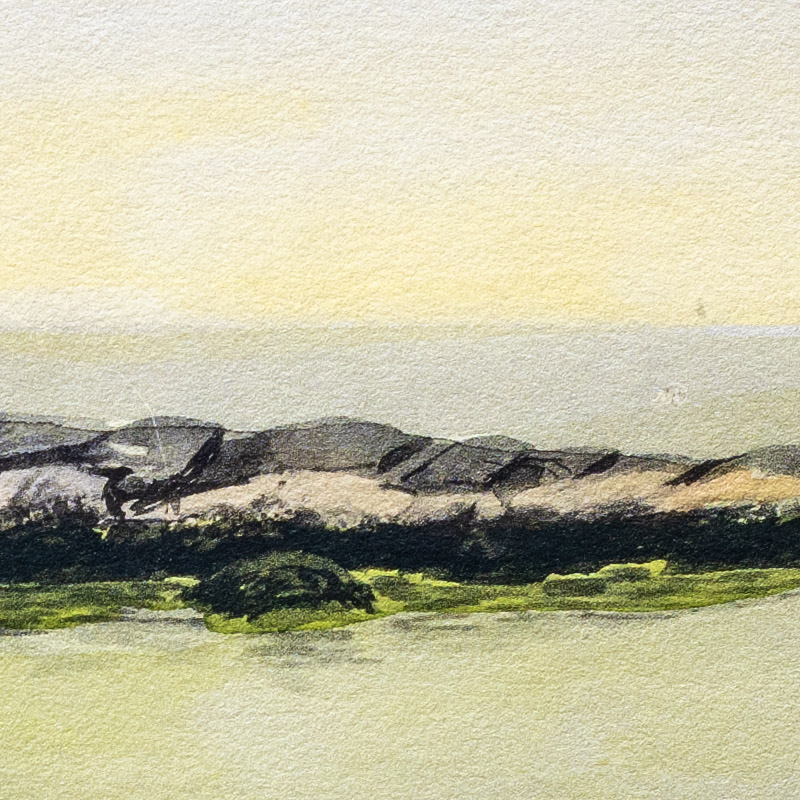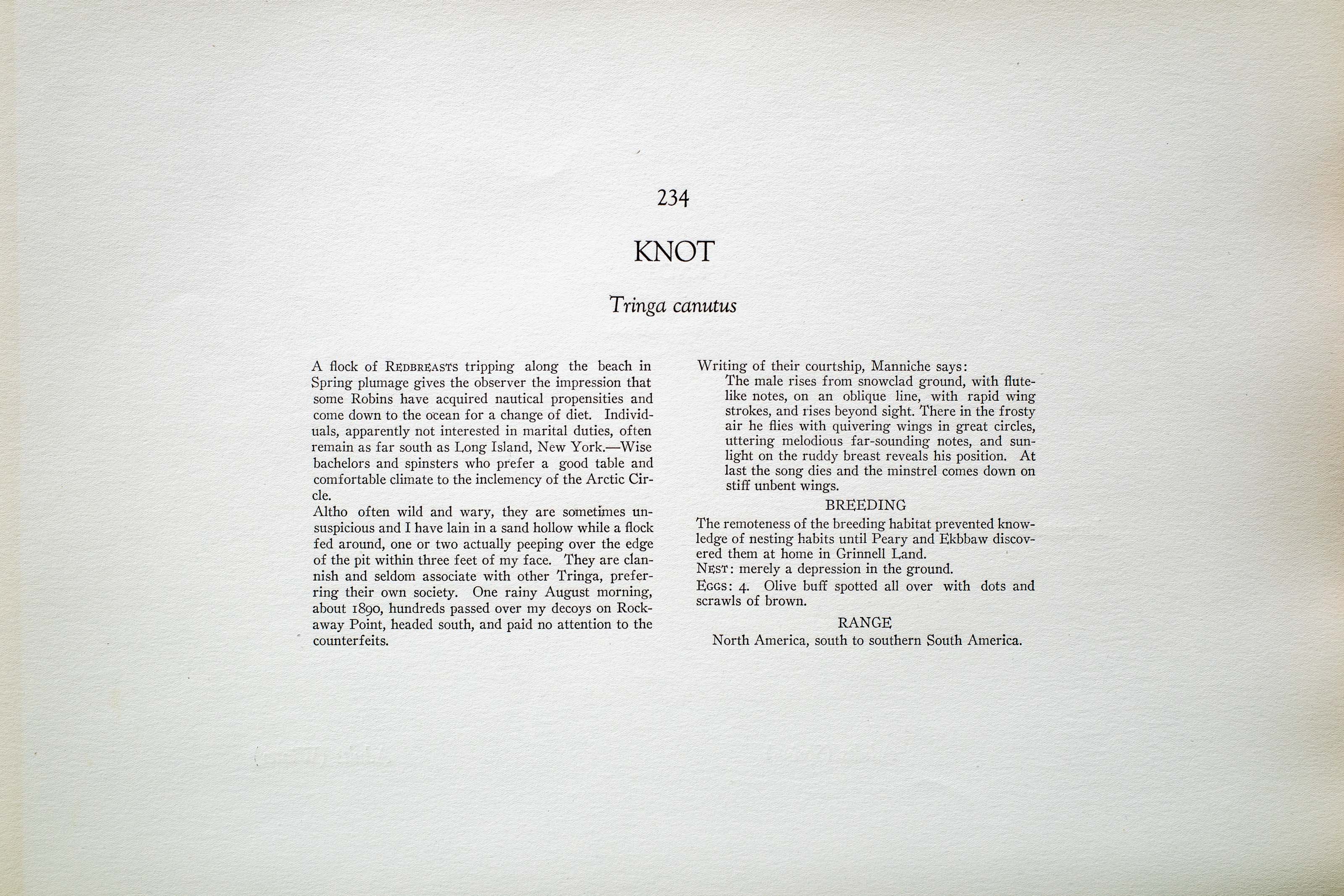






Unknown
1930
4
234
A team of dedicated board members, volunteers, and student interns has published every page in Volume 9. This volume includes 360 images of paintings and lyrical descriptions of birds, now available online for everyone to enjoy anywhere in the world. This is a monumental task. Each volume requires approximately 400 hours to photograph, edit, transcribe, catalog, and publish online. We need your support to complete this work.
If you're tech-savvy, have a good eye, are meticulous with details, and love structured data, please consider volunteering by emailing us at hello@rexbrasher.org.
We encourage all bird lovers and supporters to consider a monetary donation to support our mission to make Rex's work available for everyone. You can provide a one-time or recurring donation online.
A flock of REDBREASTS tripping along the beach in Spring plumage gives the observer the impression that some Robins have acquired nautical propensities and come down to the ocean for a change of diet. Individuals, apparently not interested in marital duties, often remain as far south as Long Island, New York. — Wise bachelors and spinsters who prefer a good table and comfortable climate to the inclemency of the Arctic Circle.
Altho often wild and wary, they are sometimes unsuspicious and I have lain in a sand hollow while a flock fed around, one or two actually peeping over the edge of the pit within three feet of my face. They are clannish and seldom associate with other Tringa, preferring their own society. One rainy August morning, about 1890, hundreds passed over my decoys on Rockaway Point, headed south, and paid no attention to the counterfeits.
Writing of their courtship, Manniche says:
The male rises from snowclad ground, with flutelike notes, on an oblique line, with rapid wing strokes, and rises beyond sight. There in the frosty air he flies with quivering wings in great circles, uttering melodious far-sounding notes, and sunlight on the ruddy breast reveals his position. At last the song dies and the minstrel comes down on stiff unbent wings.
The remoteness of the breeding habitat prevented knowledge of nesting habits until Peary and Ekbbaw discovered them at home in Grinnell Land.
NEST: merely a depression in the ground.
EGGS: 4. Olive buff spotted all over with dots and scrawls of brown.
North America, south to southern South America.